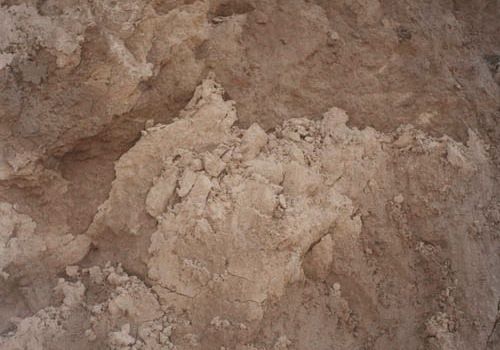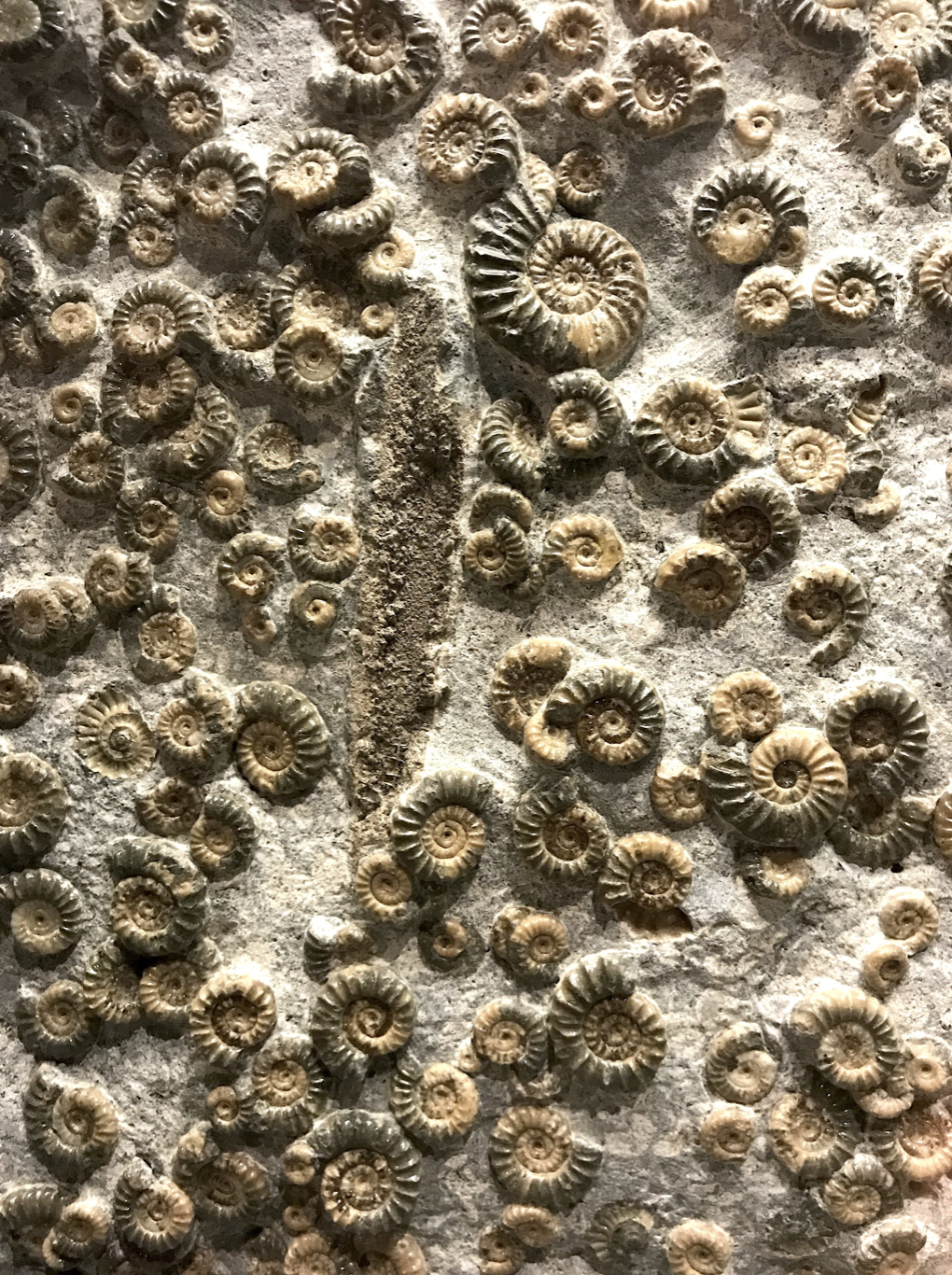Since its beginning in 2008, The Curator has sought to celebrate cultural artifacts and inspire its readers to engage deeply with–and ultimately create–culture which enriches life and broadens experience. In keeping with our belief that a multitude of voices are necessary for conversations about art and humanity to flourish, The Curator and Christians in the Visual Arts are excited to announce a publishing partnership.
Founded in 1979, CIVA’s longstanding vision is to help artists, collectors, critics, professors, historians, pastors and arts professionals explore the profound relationship between art and faith. From this beginning, CIVA’s broad range of conferences, exhibits, programs, and publications exist to help the art and faith movement flourish both in the Church and in culture.
Emerging from an institutional friendship and resonant missions, both organizations present a unique voice and shared commitment to the conversation between faith and the arts. Among other initiatives, the partnership will include sharing essays from CIVA’s SEEN Journal, conference talks, and other network-serving original content created specifically for The Curator.
Elisha died, and they buried him. Now the bands of the Moabites would invade the land in the spring of the year. As they were burying a man, behold, they saw a marauding band; and they cast the man into the grave of Elisha. And when the man touched the bones of Elisha he revived and stood up on his feet (2 Kings 13:20—21, NASB).
A woman who had had a hemorrhage for twelve years, and had endured much at the hands of many physicians, and had spent all that she had and was not helped at all, but rather had grown worse—after hearing about Jesus, she came up in the crowd behind Him and touched His cloak. For she thought, “If I just touch His garments, I will get well.” Immediately the flow of her blood was dried up; and she felt in her body that she was healed of her affliction (Mark 5:25—29, NASB).
As He passed by, He saw a man blind from birth. And His disciples asked Him, “Rabbi, who sinned, this man or his parents, that he would be born blind?” Jesus answered, “It was neither that this man sinned, nor his parents; but it was so that the works of God might be displayed in him. We must work the works of Him who sent Me as long as it is day; night is coming when no one can work. While I am in the world, I am the Light of the world.” When He had said this, He spat on the ground, and made clay of the spittle, and applied the clay to his eyes, and said to him, “Go, wash in the pool of Siloam” (which is translated, Sent). So he went away and washed, and came back seeing (John 9:1-7, NASB).
God was performing extraordinary miracles by the hands of Paul, so that handkerchiefs or aprons were even carried from his body to the sick, and the diseases left them and the evil spirits went out (Acts 19:11—12, NASB).
Making things from dirt, from mud or clay is the most ancient human art form—and the first human himself was made from mud, from dirt—adamah, Adam—the Hebrew word for earth, for dirt. It’s interesting that the word “human” also shares a common root with “humus” (dung or earth), as does the word “humility” (lowly, earthy), and the Old English word for human was guman—surviving only in hidden form in the word bridegroom—another of the names for Christ, who is the “second” Adam. Whereas the first Adam disobeyed, subjecting the whole earth to futility, the “second Adam” in his humility was obedient to the point of death, even the most ignominious death, reserved for the lowest of criminals. By dying and being buried—again in the dirt—the second Adam has redeemed the earth, the adamah—and our fallen race, the children of the earth.
The redemption of dirt has a nice ring to it, I think. The 2011 CIVA conference considered the value of matter, of physicality in a potentially de-materialized age. This was good place to start.
Redemption of earth…
In his book Surprised by Hope, theologian N. T. Wright speaks about the misunderstanding of our ultimate destiny by so many Christians and by so much of Christian tradition. The idea that when we die we “go to heaven” has smuggled its way into hymns and into our common way of talking about the loss of loved ones. Think about it: we almost always consider death as the time when we “go to heaven.” But there is, according to Wright, no real scriptural basis for this idea. What we hear about in the Bible is that heaven is God’s throne—his “control room,” as Wright suggests—and we hear that, ultimately, heaven is coming to us—not the other way ‘round. The Bride (earth) is adorned for her husband (heaven) and the Bridegroom (the new human) is coming—the New Jerusalem descends to earth and things are set right.
Redemption of dirt…of earth…
The whole point of Wright’s book is that our own role in this redemption is not to build the city of God on earth—the coming Kingdom—but rather to build for the kingdom. We are not “going to heaven,” we await its coming on earth and in the meantime we are stewards with high-stakes responsibilities to prepare for the Bridegroom’s return. This is not a passive waiting—it is also not an escape route. We’re staying put and preparing for the coming of heaven on earth.
Redemption of dirt…
One of the most surprising aspects of the scriptures cited at the beginning of this meditation is their frequent reference to some physical object—a dead man’s bones, the hem of a garment, spit and dirt, a handkerchief—a physical object can be imbued with spiritual force for healing. Without getting into the controversy over religious relics or magic amulets or other notions about special spiritually-charged objects, I’d like to end this brief meditation with a thought: making art is the redemption of dirt, and it can have healing power. Taking the raw materials of ground mineral pigments, wood, stone, fabric, celluloid, video pixels, computer screens, silicon . . . Taking raw materials (dirt) and loving them into new life . . . Breathing life into them as the Lord did in Genesis 1 or in John 20 when Jesus breathed on the disciples . . . Taking the raw dirt and breathing life into it will bring healing and hope if our focus is on that hope, and not on our artistic reputation. My prayer is that we become available to breathe new life into our artistic communities by letting go of our usual expectations and fears, our clinging to status or name or position. May we, instead, assume the posture of the earth, humus, adamah, the horizontal.
In this posture and from this horizontal vantage point we can see through others’ eyes. By redeeming dirt, by willingly remaining “horizontal”—wherein veteran artists place themselves on the same plane as newcomers and younger artists—we can, as T. S. Eliot says in the Four Quartets, “arrive where we started/And know the place for the first time.”
A Prayer
Oh God, Who spread out the heavens and hovered over the chaos of raw materials—water and dirt—making new life bloom into a lovely cosmos, we ask that you open again our memory, our imagination, our eyes and ears and hearts to be refreshed by the breathing in of your Spirit, that we might be available for any and all. Increase, we pray, our sensitivity to your presence in the interruptions and inconveniences and failures as much as in the inspiring moments of our art-making. Help us to embrace our earthiness—our mud and mess and weakness—that we might witness afresh your strength made perfect in that weakness and earthiness. In the name of the Father, the Son, and the Holy Spirit. Amen.




